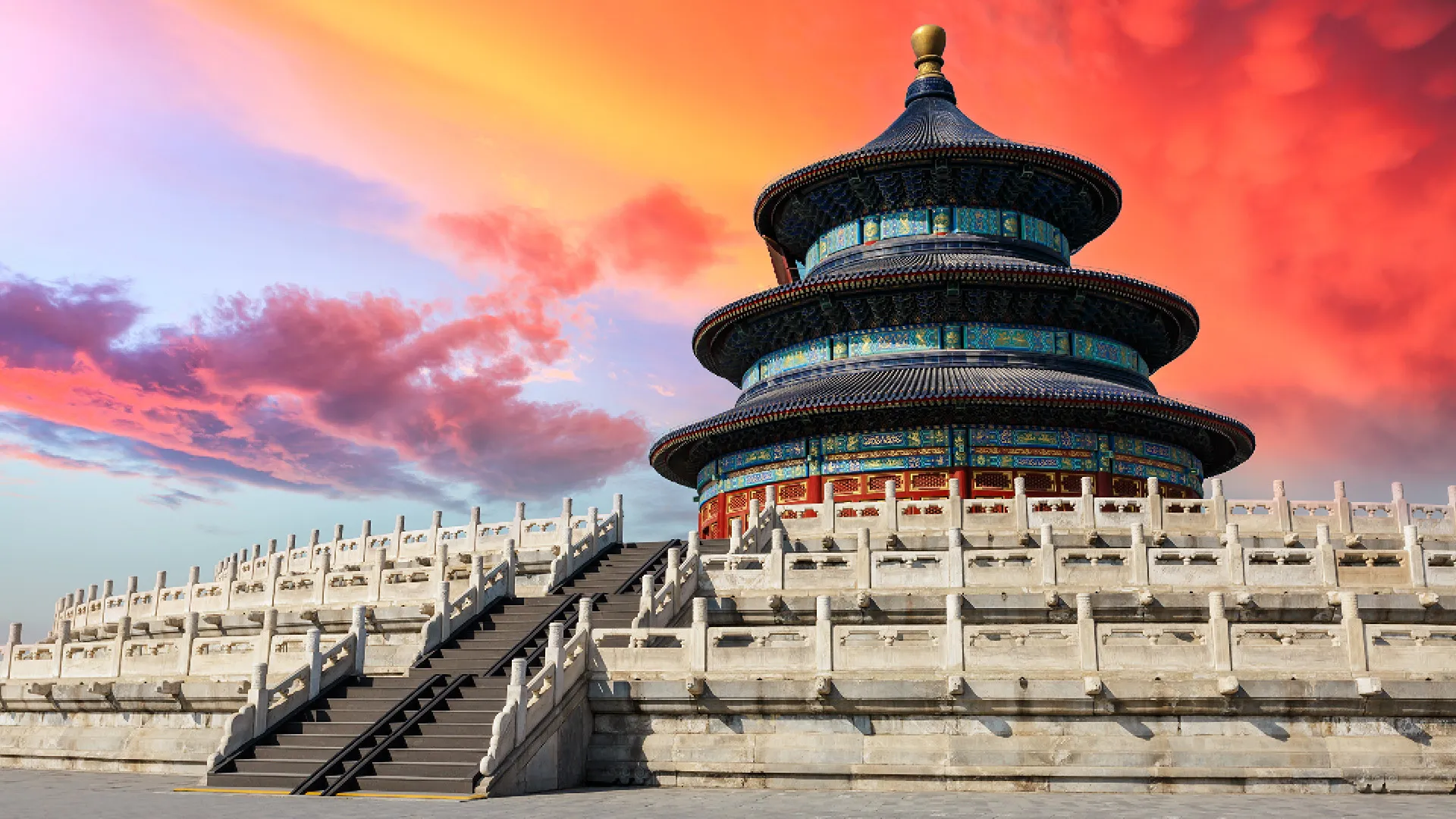masaharusato.com – The Temple of Heaven, located in the southeastern part of central Beijing, is a magnificent complex of religious buildings that holds great historical and cultural significance in China. Originally constructed in the early 15th century during the reign of the Yongle Emperor of the Ming Dynasty, this UNESCO World Heritage site is a testament to the architectural ingenuity and spiritual beliefs of ancient China.
Historical Background
The Temple of Heaven was initially built from 1406 to 1420 and was used by the emperors of the Ming and Qing Dynasties. It served as a sacred site where emperors conducted annual ceremonies to worship heaven and pray for good harvests. This was a crucial part of the traditional Chinese belief system, which regarded the emperor as the “Son of Heaven” responsible for the harmony between heaven and earth.
Architectural Features
The complex is renowned for its stunning architecture and symbolic layout. It covers an area of 2.7 million square meters, which is nearly four times the size of the Forbidden City. The design of the Temple of Heaven reflects the Chinese cosmological beliefs, with the northern part being circular (representing heaven) and the southern part square (representing earth).
Hall of Prayer for Good Harvests
One of the most iconic structures within the complex is the Hall of Prayer for Good Harvests. This circular building is constructed entirely of wood without using a single nail. Standing on a triple-tiered marble terrace, its blue-tiled roof symbolizes the sky, and the entire structure is a masterpiece of traditional Chinese architectural craftsmanship.
Imperial Vault of Heaven
Another significant building is the Imperial Vault of Heaven, a smaller circular building that houses the tablets used in the ceremonies. The Echo Wall and the Three Echo Stones are located nearby, showcasing the ancient Chinese understanding of acoustics.
Cultural Significance
The Temple of Heaven is not only an architectural marvel but also a symbol of the profound cultural and spiritual heritage of China. It reflects the ancient Chinese philosophy of harmony between man and nature, and the importance of rituals in maintaining the cosmic order. The site continues to attract both tourists and locals, who visit to appreciate its beauty and historical significance.
Conclusion
The Temple of Heaven stands as a powerful reminder of China’s rich history and its enduring cultural traditions. Its architectural brilliance and spiritual symbolism make it one of Beijing’s most treasured landmarks. Whether one is interested in history, architecture, or Chinese culture, a visit to the Temple of Heaven offers a unique glimpse into the past and a deeper understanding of China’s imperial legacy.
